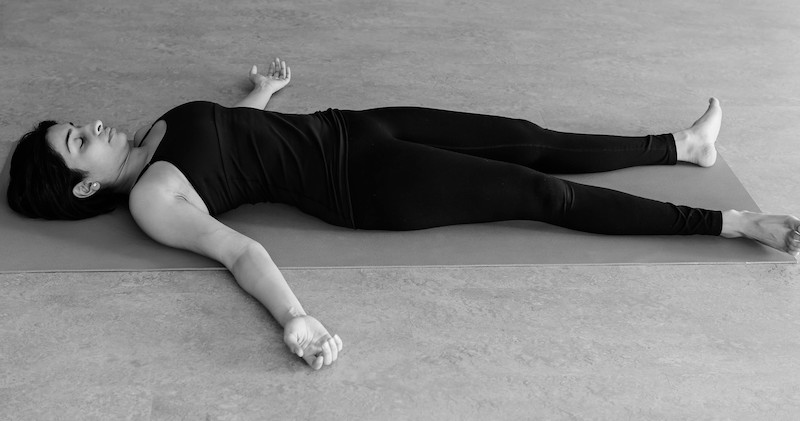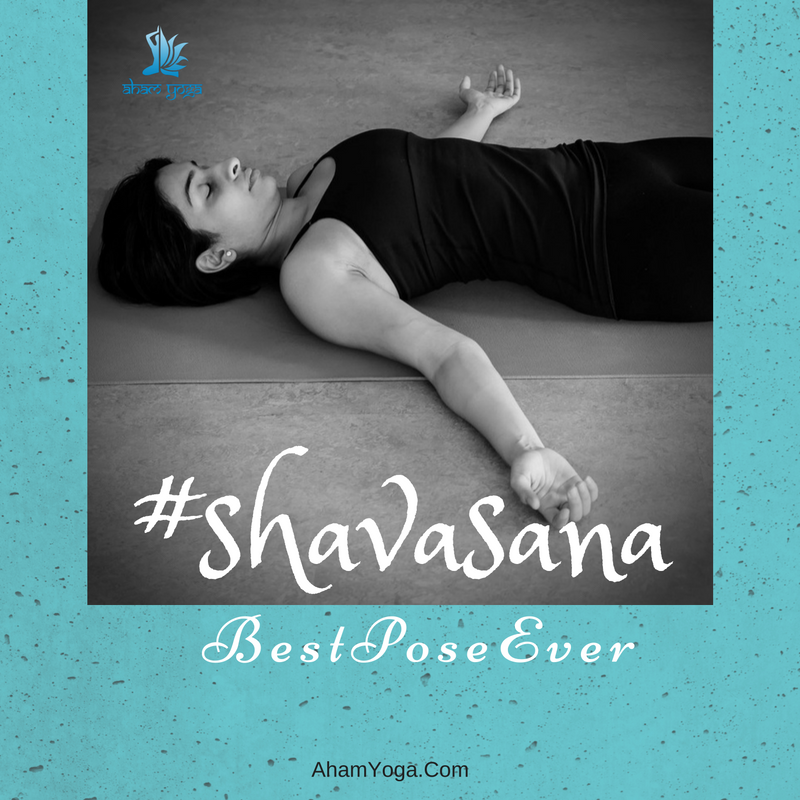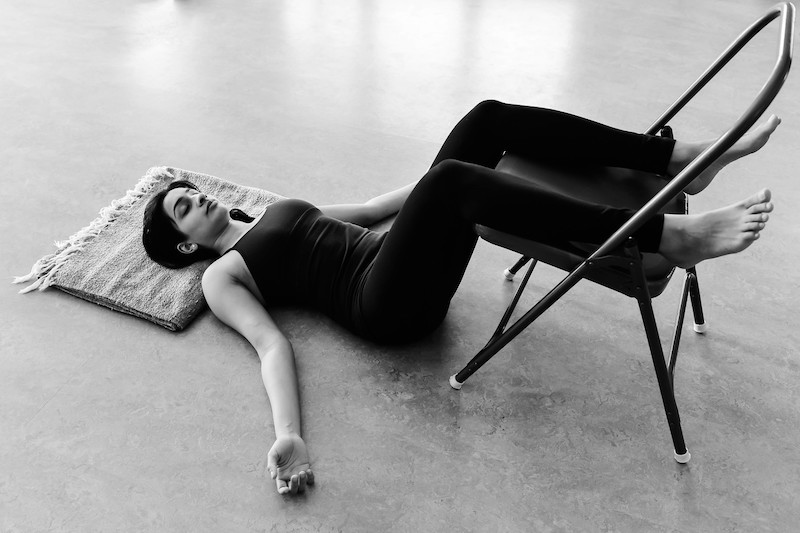Shavasana is almost everybody’s favorite pose. Every class of practitioners I have taught love to do a long shavasana, but sometimes this pose can be overlooked. Outwardly, it appears effortless – but truth be told, shavasana is the most complex yoga pose one can practice. It is not about the outward appearance of shavasana, but more the internal aspect of the pose. It is about quietening the mind, not getting distracted with our thought loop, and having the ability to withdraw from our senses. My teachers always said, “if you want to learn meditation, learn to do shavasana properly first“.
MEANING OF SHAVASANA:
‘Shava’ = corpse, ‘asana’ = pose
BENEFITS:
- Calms the brain and soothes the nerves
- Reduces fatigue
- Helps to lower blood pressure
- Reduces headaches and insomnia
- Reduces stress and hyperactivity
- Improves breath awareness
- Increases body sensation and awareness
- Relaxes the central nervous system
- Cures mild depression
- Reduces muscular tension
- Reduces metabolic rate and oxygen consumption
- Improves self-confidence and focus
- Improves circulation
- Beginning stages of meditation

TECHNIQUE:
- Start on your mat with bent knees. With the support of your palms, lie back. Keep the spine straight. Slowly straighten one leg at a time on the mat. Feet shoulder distance apart. Let the legs roll out
- Arms away from the trunk. Maintain space in the armpits. Palms turned upwards. Fingers naturally curled. Arms completely relaxed.
- Head centered. Eyes gently closed. Relax the facial muscles. Let the eyes sink back deep into the sockets. Let there be a feeling of space deep inside the throat.
- Shift your awareness from your face into your body. Let the breath be soft and comfortable.
- Stay in shavasana for 10 minutes.
- Start to listen to sounds that are around you, and begin to feel the weight of the body against the floor.
- Gently wriggle your toes and fingertips. Slowly bend one knee at a time, and turn to your right side.
- Pause there for a moment, and then gradually lift yourself back up.
WHY ROLL TO THE RIGHT SIDE IN SHAVASANA?
- The heart is on the left side, so by rolling to the right side, there is less strain on the heart.
- When we roll to the right side, the right armpit gets pressed, opening up the left nostril or pingala nadi. The cooling breath takes over and has a very soothing effect on the mind and body. This makes it a perfect exit from shavasana.
- In India, starting everything from the right side is considered pure and auspicious.
MISTAKES:
- Flopping to the floor
- Head dropped to one side
- Feet together
- Arms and legs not placed properly
CONTRA-INDICATIONS:
- Slip disc
- Pregnancy
- Lower back discomfort or spasms
MODIFICATIONS:
- Lower back or spinal issues – roll a blanket and place under the knees or place the lower legs on a chair to angle the legs.
- Pregnant women – Should do supta baddhakonasana on a bolster with height as appropriate for their trimester and comfort level.
- People who suffer from depression or severe trauma should do shavasana with their eyes half or fully open without actively staring at anything. This version will help combat whatever is going on, on the inside.


